Introduction
In a world where children’s safety is paramount, understanding toy safety becomes crucial for manufacturers, parents, and regulators alike. The landscape of toy production is increasingly complex, with various regulations and standards that must be navigated to ensure compliance and consumer trust. Central to this process is the role of China quality control inspection, which serves as a vital checkpoint in the production chain for children's toys.
Understanding the Importance of Toy Safety
Toy safety isn’t just a buzzword; it’s a commitment to protecting our little ones from potential hazards lurking in their playthings. With incidents of recalls due to unsafe toys making headlines, awareness around regulations like the CPSIA (Consumer Product Safety Improvement Act) has heightened significantly. This act mandates stringent testing and labeling requirements that manufacturers must adhere to—ensuring that every toy produced meets major testing standards of raw materials.
Navigating Quality Control Standards
Navigating through the maze of quality control standards can feel like trying to find a needle in a haystack, especially when you consider the multitude of guidelines set forth by various organizations worldwide. From ASTM International's rigorous benchmarks for physical testing and durability to other international norms, understanding these standards is essential for any company involved in children’s toys production and supply. Compliance with these standards not only safeguards children but also enhances brand reputation by demonstrating commitment to quality.
The Role of China Quality Control Inspection
China quality control inspection plays an indispensable role in ensuring that toys meet both local and international safety requirements before they hit store shelves. By conducting thorough inspections at various stages—from pre-production checks to final product evaluations—inspectors help identify potential issues early on, thus preventing costly recalls down the line. This proactive approach not only ensures compliance with regulations but also fosters trust among consumers who seek safe options for their children’s playtime adventures.
Overview of Toy Safety Regulations
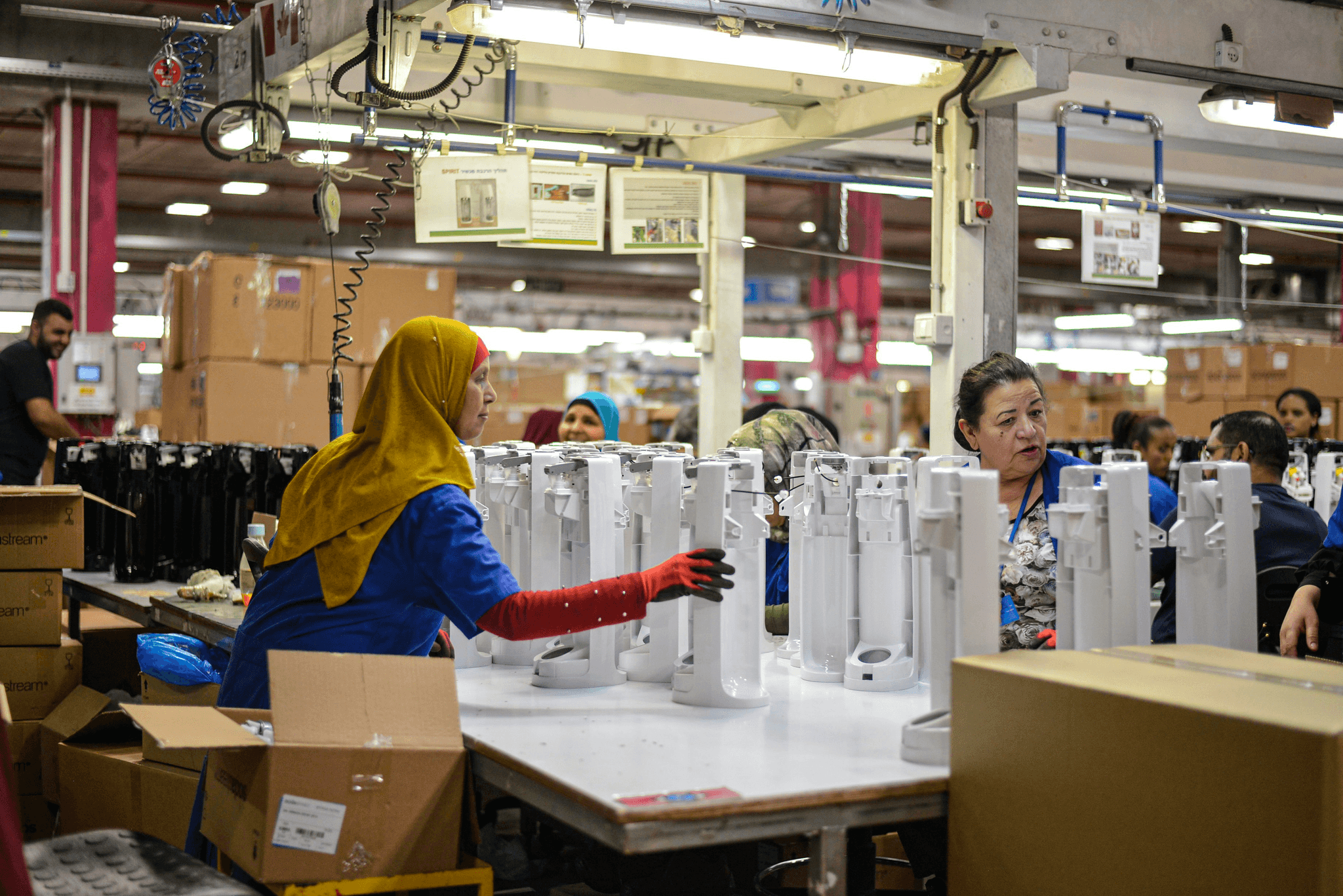
Navigating the world of toy safety regulations can feel like trying to assemble a complex puzzle with missing pieces. However, understanding these regulations is crucial for ensuring that children’s toys are safe and compliant with international standards. With the right knowledge, manufacturers can avoid costly recalls and ensure their products meet the expectations of consumers and regulatory bodies.
Key International Standards
These include EN71 in Europe, which covers various aspects of toy safety, and ISO 8124, which provides guidelines on safety requirements for toys globally. Understanding these standards is essential for manufacturers engaged in Children’s Toys Production and Supply, as they dictate everything from material safety to physical testing and durability.
Moreover, compliance with these standards often requires rigorous china quality control inspection processes to verify that toys meet specific criteria before reaching consumers. Failure to adhere could not only lead to legal repercussions but also damage a brand's reputation in an increasingly competitive market. Thus, staying informed about these key international standards can significantly impact a company’s success.
Compliance Certifications
Compliance certifications serve as a badge of honor in the toy industry, signifying that products have undergone thorough testing against established safety standards. Certifications such as the ASTM F963 or EN71 indicate that a toy has passed various assessments related to physical attributes and chemical content—essentially proving it won’t pose risks to children during playtime.
For manufacturers looking into Children’s Toys Production and Supply, obtaining these certifications is not just about compliance; it's about instilling confidence among parents regarding their product choices. Additionally, engaging in china quality control inspection ensures that every batch meets certification requirements consistently throughout production cycles.
The process also helps streamline market entry across different regions since many countries require proof of compliance before allowing toys onto store shelves. Ultimately, having robust compliance certifications can be a game-changer when competing in both domestic and international markets.
The Role of ASTM International
ASTM International plays a pivotal role in establishing benchmarks for toy safety through its comprehensive testing standards like ASTM F963—widely recognized across North America for its stringent requirements on physical testing and durability among other factors. This organization collaborates with experts from various fields to continuously update its guidelines based on emerging research and trends within the industry.
By adhering to ASTM standards during production processes—including china quality control inspection—manufacturers ensure their products are not only compliant but also safe for children’s use under typical play conditions. Moreover, being associated with such reputable organizations enhances credibility among consumers who prioritize safety when selecting toys.
In summary, understanding the role of ASTM International helps stakeholders navigate complex regulatory landscapes while reinforcing commitments to producing high-quality toys that withstand rigorous scrutiny—both from regulators and discerning parents alike.
The Quality Control Process
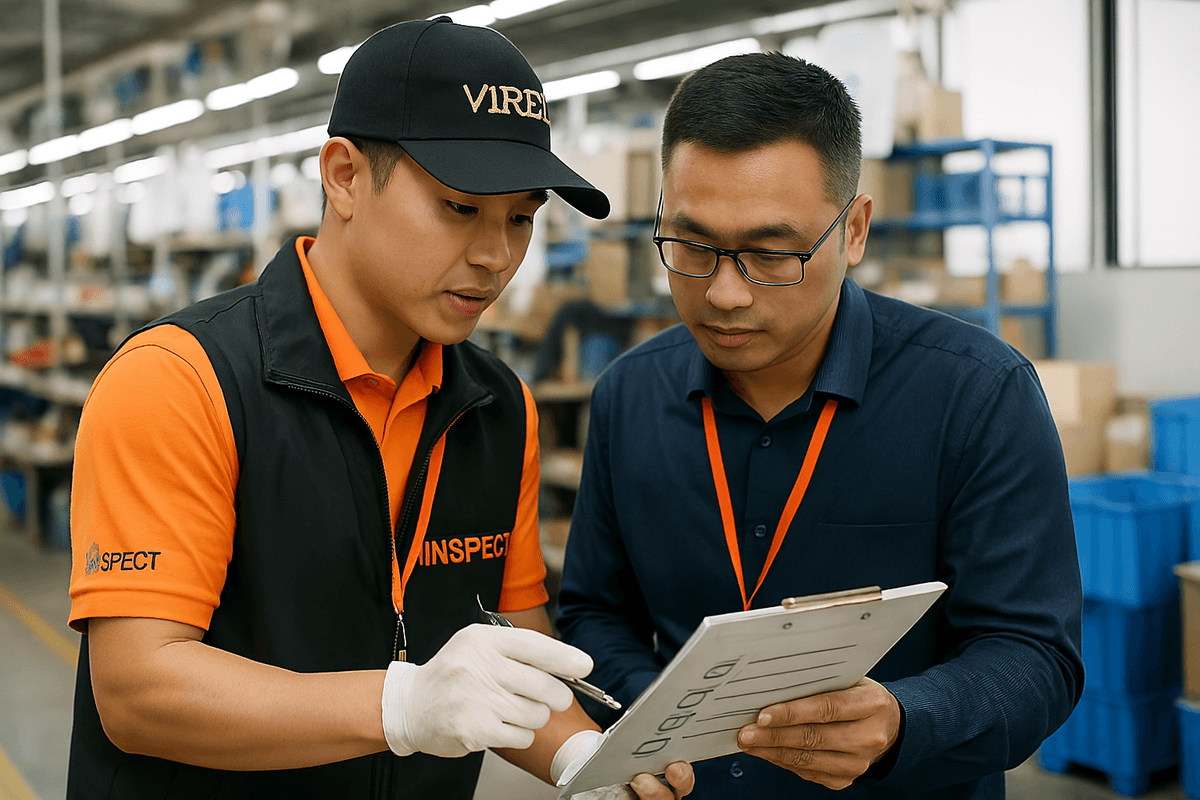
Quality control is the backbone of ensuring that toys are safe and meet the necessary standards before they reach the hands of children. It involves a series of structured steps designed to identify potential issues throughout the production process. By implementing robust quality control measures, manufacturers can significantly reduce risks associated with toy safety and enhance consumer trust.
Steps in Quality Control
The quality control process begins with thorough planning, which includes establishing clear guidelines based on major testing standards of raw materials used in children’s toys production and supply. Following this, manufacturers conduct regular inspections during different stages of production to ensure compliance with safety regulations like the CPSIA (Consumer Product Safety Improvement Act). Finally, post-production evaluations are crucial; they involve physical testing and durability assessments to confirm that every toy meets established safety criteria before it hits store shelves.
Importance of Pre-Production Inspections
Pre-production inspections serve as a critical checkpoint in the quality control process, allowing manufacturers to identify potential issues before they escalate into costly mistakes later on. By partnering with reliable china quality control inspection services, companies can ensure that their raw materials meet necessary specifications and safety standards right from the start. This proactive approach not only mitigates risks but also enhances overall product integrity, giving parents peace of mind when choosing toys for their children.
The Impact of Manufacturing Practices
Manufacturing practices play a pivotal role in determining product quality and safety outcomes for children's toys. Consistent adherence to best practices during production can lead to fewer defects and compliance with important testing standards, such as those outlined by ASTM International. Furthermore, integrating effective china quality control inspection at various stages helps manufacturers stay ahead of any potential issues related to physical testing and durability, ultimately resulting in safer products for consumers.
Selecting a Reliable Testing Partner
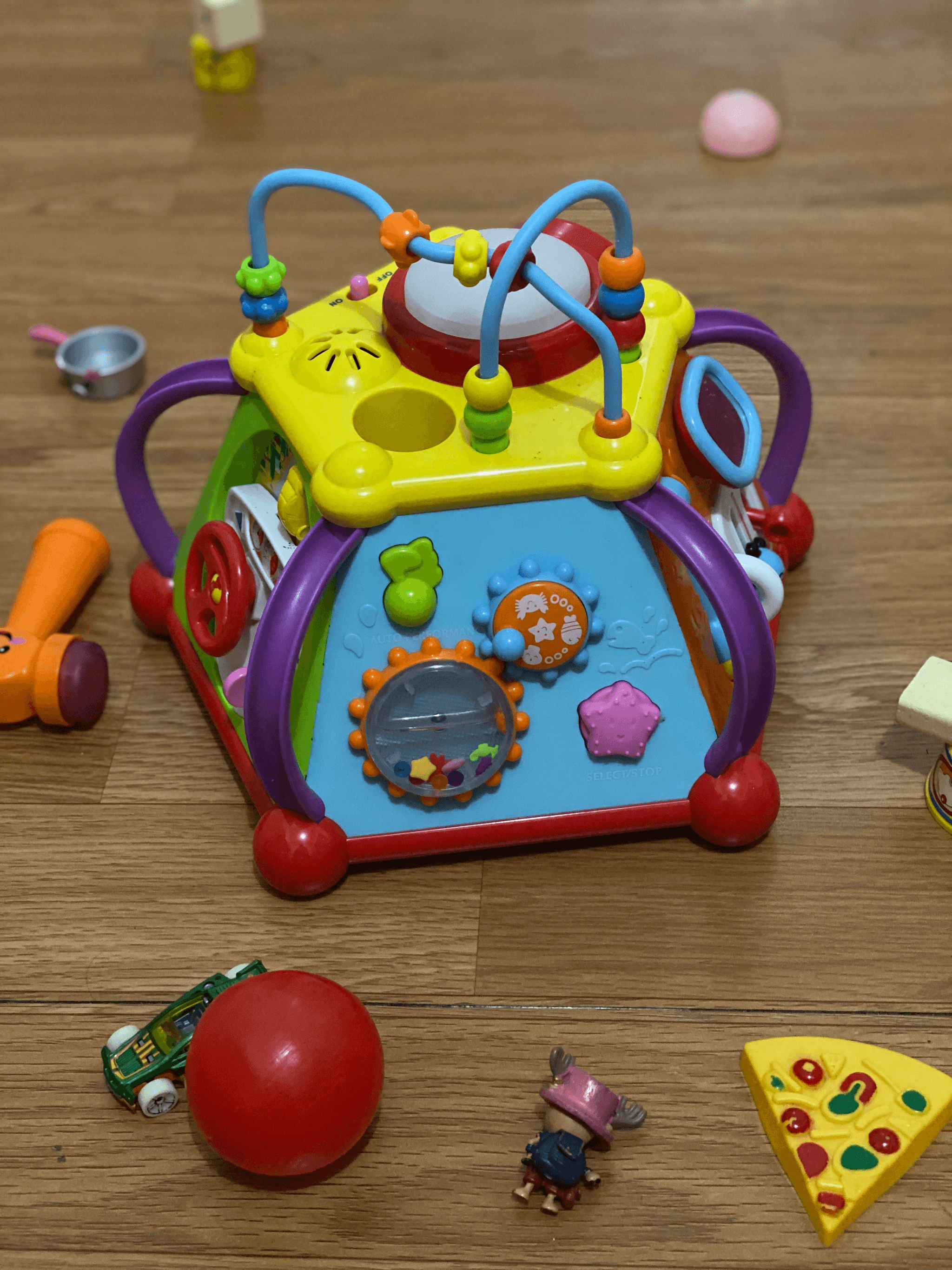
Choosing the right testing partner is crucial for ensuring that your toys meet safety standards and regulations. With the complexity of global supply chains, especially in children’s toys production and supply, you need a partner who understands the nuances of toy safety. A reliable testing partner not only helps in navigating compliance but also enhances consumer trust through rigorous china quality control inspection processes.
Why Choose China Inspection Pro
China Inspection Pro stands out as a leading choice for companies involved in toy manufacturing and distribution. Their expertise in china quality control inspection makes them well-versed in international standards and local regulations, including the Consumer Product Safety Improvement Act (CPSIA). This knowledge ensures that all aspects of children's toys production are scrutinized thoroughly, from raw materials to final products.
Moreover, their team employs advanced methodologies for physical testing and durability assessments, guaranteeing that every toy can withstand the rigors of playtime. With an established reputation for reliability and thoroughness, choosing China Inspection Pro means partnering with an organization dedicated to upholding safety standards. This commitment not only protects consumers but also bolsters your brand's reputation.
Criteria for Selecting Inspection Services
When selecting inspection services, there are several critical criteria to consider to ensure comprehensive coverage of toys quality inspection needs. First, look for a partner with experience specifically in children’s toys production and supply; they should be familiar with major testing standards of raw materials used in toy manufacturing. This knowledge is vital for conducting effective physical testing and durability assessments.
Additionally, consider their certification capabilities—do they provide compliance certifications recognized internationally? A reputable service will possess certifications from relevant bodies such as ASTM International or ISO 9001 to validate their processes. Lastly, evaluate their communication style; clear communication is essential for addressing any concerns swiftly during inspections or when issues arise.
Benefits of Third-Party Testing
Engaging third-party testing services offers numerous advantages that can significantly impact your business's success in toy manufacturing. Firstly, third-party testers like China Inspection Pro provide an unbiased perspective on your products' safety and quality through rigorous china quality control inspection protocols. This objectivity helps identify potential issues before they reach consumers.
Secondly, utilizing external testing services can expedite compliance with regulations such as CPSIA while alleviating some burdens on internal teams focused on product development or marketing strategies. By outsourcing this critical function, you can concentrate resources on enhancing product designs or expanding market reach without compromising safety standards.
Lastly, third-party testing builds consumer confidence by demonstrating your commitment to maintaining high-quality standards throughout children’s toys production and supply chains. When customers see credible certifications attached to your products after thorough inspections, it reassures them that you prioritize their children's safety above all else.
Common Toy Safety Testing Methods
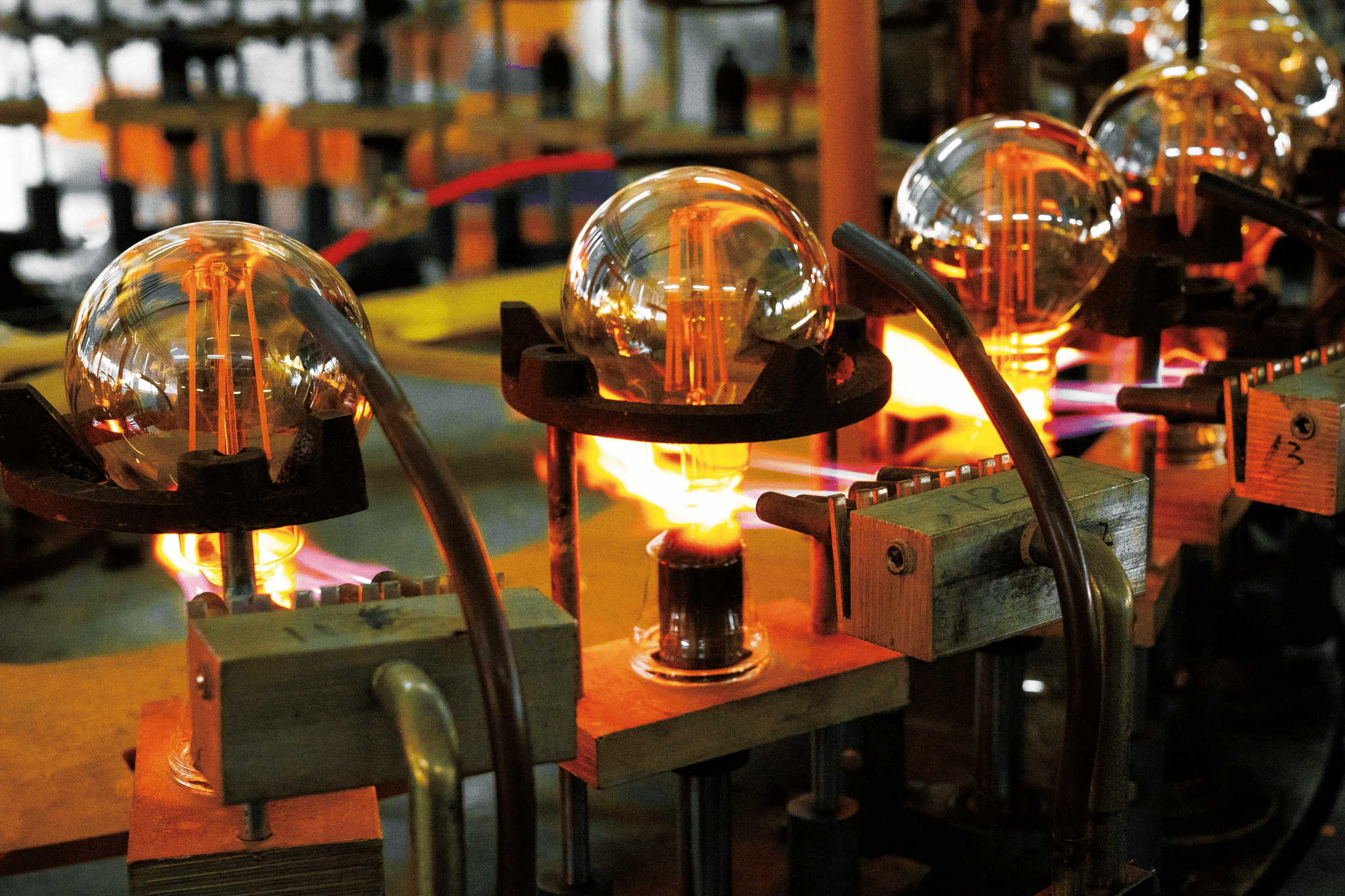
Toy safety testing is a crucial aspect of ensuring that children's toys are not only fun but also safe for use. With the increasing demand for high-quality toys, manufacturers must adhere to stringent testing protocols to meet regulatory standards. This section delves into the common methods used in toy safety testing, focusing on physical and mechanical tests, chemical safety evaluations, and flammability assessments.
Physical and Mechanical Tests
Physical testing and durability are essential components of toy safety evaluations. These tests assess how well a toy can withstand typical wear and tear from children’s play, including drop tests, bite tests, and stress tests on joints or attachments. Ensuring that toys can endure these conditions without breaking apart helps prevent choking hazards or injuries due to sharp edges.
China quality control inspection plays a vital role in executing these physical and mechanical tests effectively. By employing specialized equipment and trained personnel, inspection agencies can rigorously evaluate toys against major testing standards of raw materials. This ensures that every toy not only meets compliance requirements but also provides peace of mind to parents regarding their children's safety.
Chemical Safety Evaluations
Chemical safety evaluations are critical in identifying harmful substances that may be present in children's toys. Regulations such as the Consumer Product Safety Improvement Act (CPSIA) mandate strict limits on toxic chemicals like lead, phthalates, and other hazardous materials found in manufacturing processes. By conducting thorough chemical analyses during the china quality control inspection process, manufacturers can ensure compliance with these regulations while safeguarding children's health.
Moreover, understanding what is the CPSIA allows manufacturers to implement necessary changes proactively rather than reactively facing recalls or penalties later on. Evaluating raw materials used in production ensures that they meet major testing standards before they even enter the manufacturing phase. This preventive approach is crucial for maintaining high-quality standards throughout the children’s toys production and supply chain.
Flammability Assessments
Flammability assessments are another key aspect of toy safety testing aimed at reducing fire risks associated with children's products. These assessments determine how quickly a toy ignites or burns when exposed to flame or heat sources—an essential factor given how curious young minds often interact with their surroundings. Toys made from certain materials may require additional treatments or coatings to enhance their flammability resistance.
By incorporating flammability assessments into china quality control inspections, manufacturers align their products with international safety regulations while reinforcing consumer trust in their brand's commitment to quality standards. The importance of adhering to rigorous flammability criteria cannot be overstated; it directly impacts both product liability issues and overall market reputation within the competitive landscape of children’s toys production and supply.
Handling Recalls and Safety Incidents
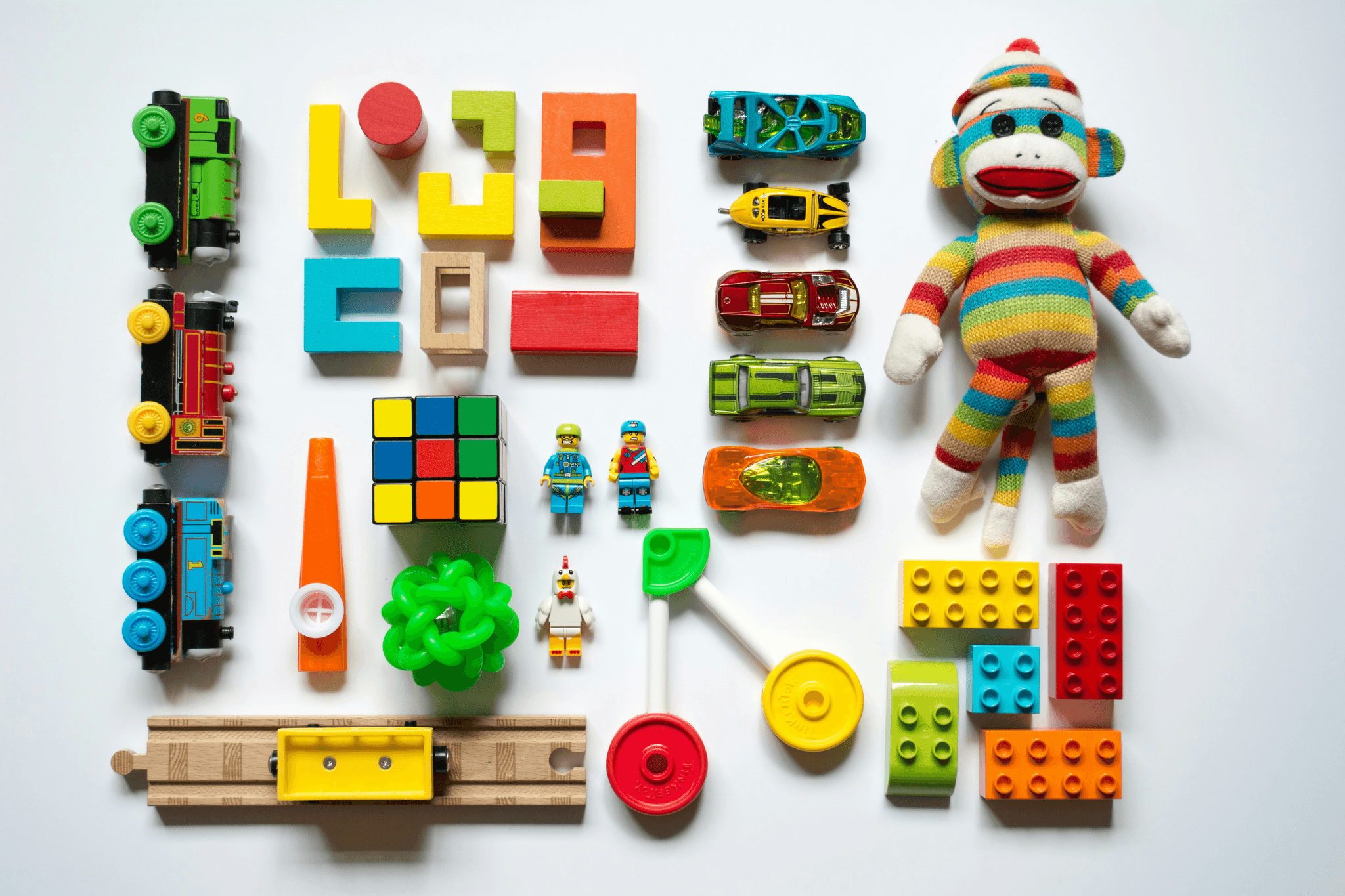
In the world of children's toys, safety is paramount, and handling recalls effectively can make or break a brand's reputation. Companies must be proactive in preparing for potential recalls, ensuring they have robust systems in place to respond swiftly and efficiently. By understanding the nuances of china quality control inspection, businesses can better navigate the complexities of compliance and maintain consumer trust.
Preparing for Potential Recalls
Preparation is key when it comes to potential recalls in the toy industry. Companies should establish a detailed recall plan that outlines specific steps to take if safety issues arise, including identifying responsible personnel and communication strategies. Moreover, being aware of regulations like the CPSIA (Consumer Product Safety Improvement Act) ensures that companies are ready to act quickly while adhering to legal requirements.
A vital part of this preparation involves regular china quality control inspections throughout the production process. By conducting thorough inspections during manufacturing, businesses can identify potential hazards before products reach the market. Additionally, maintaining open communication with suppliers regarding major testing standards of raw materials aids in mitigating risks associated with toy safety.
Best Practices for Incident Response
When a safety incident occurs, having a well-defined incident response strategy is crucial for minimizing damage and restoring consumer confidence. The first step is promptly notifying relevant authorities and stakeholders about the issue at hand while ensuring transparency throughout the process. Quick action not only helps mitigate risks but also reinforces a brand’s commitment to safety.
Implementing effective communication channels allows companies to keep consumers informed about product recalls or safety concerns as they arise. Utilizing social media platforms and direct outreach ensures that customers receive timely updates regarding their purchased toys' status—an essential aspect of maintaining trust during crises. Additionally, conducting thorough physical testing and durability assessments on recalled products helps determine whether similar issues may arise in other items within your inventory.
Learning from Safety Failures
Every recall or safety incident presents an opportunity for learning and improvement within an organization. Analyzing what went wrong—be it design flaws or lapses in china quality control inspection—can provide valuable insights into how future incidents can be prevented. Furthermore, documenting these lessons learned fosters a culture of continuous improvement that ultimately enhances product safety across all levels of toy production.
Companies should also take time to review their adherence to major testing standards of raw materials used in their toys; this evaluation could reveal areas needing enhancement or additional scrutiny during manufacturing processes. By sharing findings with employees and stakeholders alike, organizations create an environment where everyone is committed to prioritizing child safety above all else—because when it comes down to it, nothing matters more than ensuring our children play safely.
Conclusion
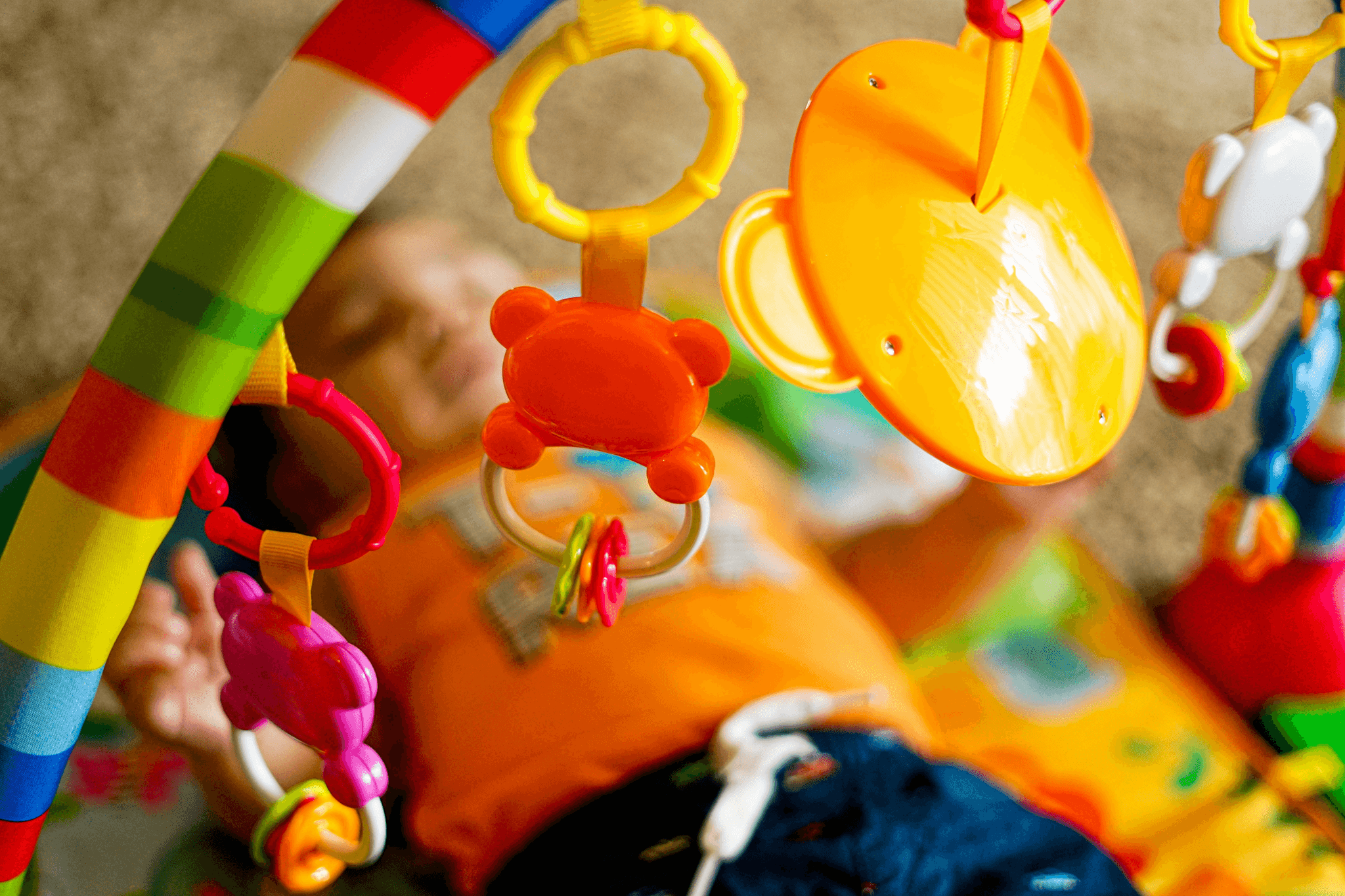
In the ever-evolving world of children's toys, ensuring safety and quality is paramount. The relationship between consumer trust and rigorous quality control cannot be overstated; when parents feel confident in the safety of toys, they are more likely to make purchases. This trust is built through meticulous china quality control inspection processes that ensure compliance with international standards, ultimately protecting children from potential hazards.
Ensuring Consumer Trust Through Quality
Consumer trust hinges on the assurance that products are safe for use, especially when it comes to children’s toys. Implementing stringent testing protocols such as physical testing and durability assessments can significantly bolster this trust. Furthermore, adherence to major testing standards of raw materials not only ensures compliance but also demonstrates a commitment to high-quality production practices.
The Future of Toy Safety Standards
As we look ahead, the landscape of toy safety regulations will continue to evolve in response to emerging technologies and materials. Understanding what the CPSIA entails will be crucial for manufacturers aiming to stay compliant while innovating in children's toys production and supply. Additionally, advancements in china quality control inspection methods will likely lead to even more rigorous testing requirements, ensuring that toys remain safe for future generations.
Making Informed Choices for Safe Toys
Parents today have access to a wealth of information regarding toy safety; however, navigating these resources can sometimes feel overwhelming. By prioritizing companies that utilize thorough toys quality inspection processes and adhere strictly to established safety regulations, consumers can make informed choices with confidence. Ultimately, investing time in understanding these factors will ensure that children play with safe and enjoyable toys.
